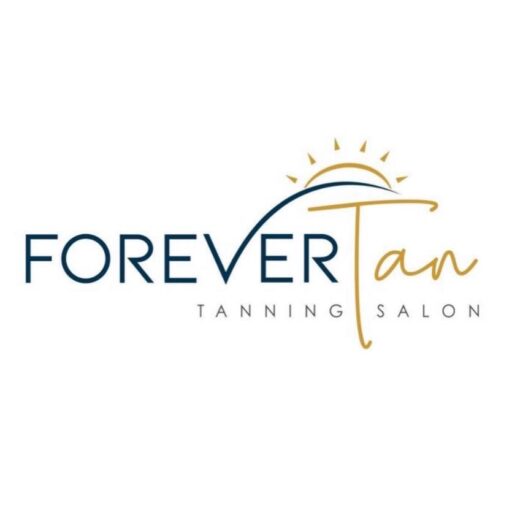Tanning Trends: A Comeback or a Cautionary Tale?
In recent years, there’s been buzz about the resurgence of tanning trends, with some headlines declaring, “I’d rather die hot than live ugly.” These provocative statements suggest that tanning salons, beds, and bronzing lotions are making a comeback. But is this truly a return to the golden days of tanning, or is it just another attempt to sell beauty ideals to a new generation?
For many, tanning conjures images of the past—those early 2000s summers spent baking in the sun or under the fluorescent glow of tanning beds. The allure of that bronzed glow was irresistible, a status symbol of health, youth, and vitality. Back then, having a tan wasn’t just a fashion statement; it was a lifestyle. People would spend hours at the beach or in tanning salons, slathering on baby oil or low-SPF tanning accelerators to achieve that perfect golden hue.
“I used to love tanning booths and laying out in the sun for hours. The melanoma I had at 35 that almost killed me changed my mind. My kid is going to be white as a ghost until she moves out.”
However, this nostalgic charm is not without its drawbacks. For many, the love affair with tanning ended abruptly when the long-term health risks became impossible to ignore.
The resurgence of tanning, therefore, comes with a mix of enthusiasm and skepticism. On one hand, some people still cherish the ritual of tanning. To them, it offers more than just a cosmetic boost; it’s about feeling good in their skin, experiencing warmth and light, and even combating seasonal depression. “It really helps with my Seasonal Affective Disorder,” shared a tanning bed user. “The heat, the light, the fans blowing, the smell… I close my eyes, wear headphones, and I can convince myself I’m at the beach.”
On the other hand, many are quick to point out that the risks associated with tanning are far too great to ignore. Skin cancer rates have been steadily climbing, and the use of tanning beds has been directly linked to an increased risk of melanoma, the deadliest form of skin cancer. As one critic noted, “I’d rather die hot than live ugly is crazy because everyone I know who visited tanning beds regularly back in our twenties is now dealing with wrinkles or having skin cancer removed… and my pasty white self is not.”
The debate over tanning isn’t just about health versus beauty. It’s also about how we perceive beauty standards and the lengths to which people are willing to go to conform to them. Some argue that the push for tanning’s return is little more than a marketing ploy, driven by businesses desperate to make a profit. As one person sarcastically remarked, “Sounds like tanning salon propaganda to me. They must be feeling the decline in business.”
For many, the days of tanning beds and baby oil may be over, replaced by more health-conscious approaches like self-tanning lotions and spray tans. These methods offer a safer way to achieve a bronzed look without exposing the skin to harmful UV rays. But others still cling to the idea of a natural tan, even if it means risking their health in the process.
So, is tanning truly making a comeback? It depends on who you ask. While some see it as a nostalgic return to a simpler time, others view it as a dangerous trend that ignores the very real risks of skin cancer and premature aging. As the debate continues, one thing is certain: the conversation around beauty, health, and self-expression is far from over. Whether you choose to embrace the tan or proudly display your natural skin tone, remember that there is no right or wrong choice—only what makes you feel confident and comfortable in your own skin.
